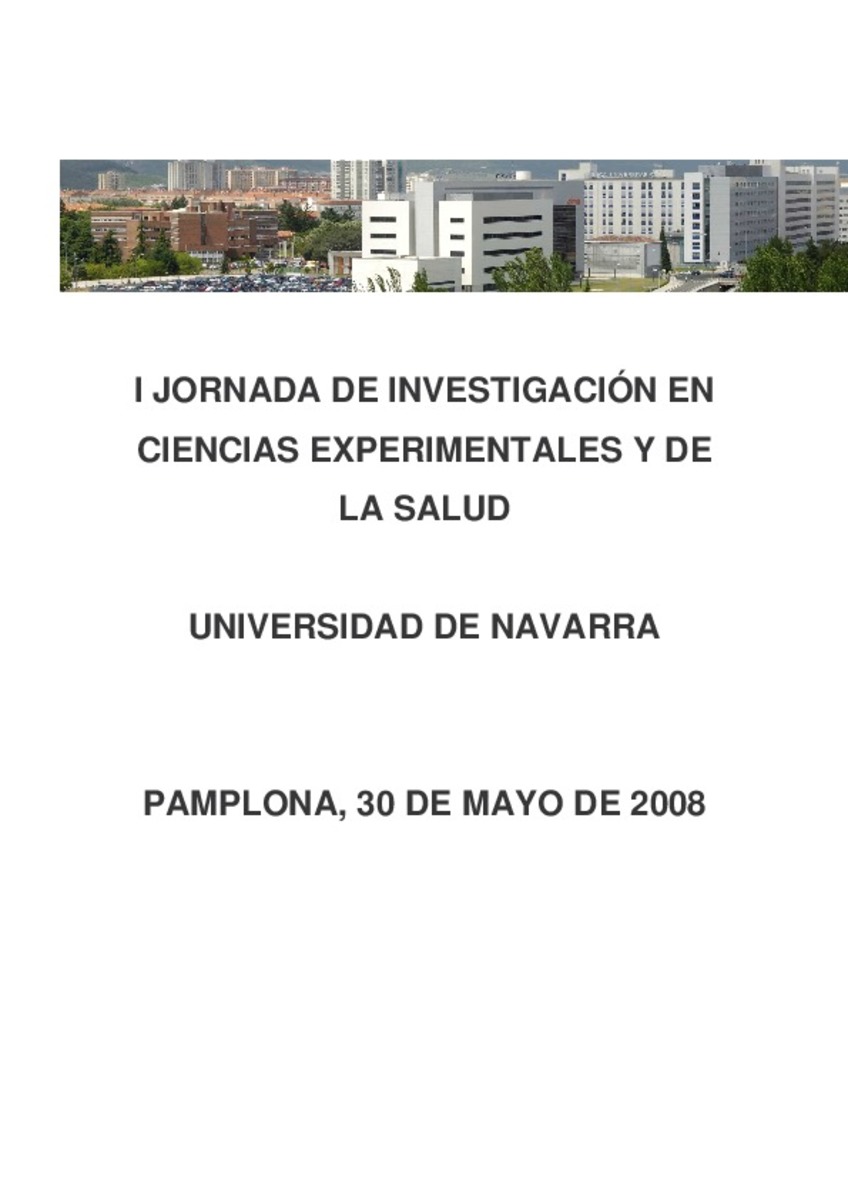Electrochemical and theoretical assessment of wine by means of complexation processes with Zn and Cu
Keywords:
Wine colour
Complexation
Zn
Cu
DPASV
Publisher:
Universidad de Navarra
Citation:
Esparza I, Santamaría C, García-Mina JM, Fernández JM. Electrochemical and theoretical assessment of wine by means of complexation processes with Zn and Cu. En: I Jornada de Investigación en Ciencias Experimentales y de la Salud de la Universidad de Navarra. Pamplona: Universidad, 2008. Pág. 59.
Statistics and impact
0 citas en

0 citas en

Items in Dadun are protected by copyright, with all rights reserved, unless otherwise indicated.











